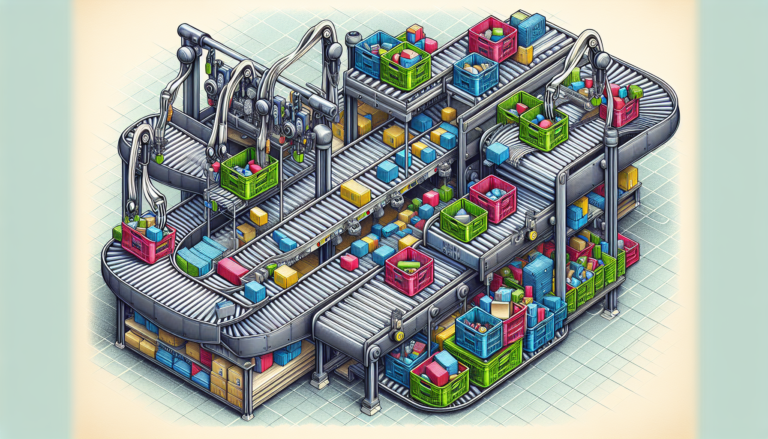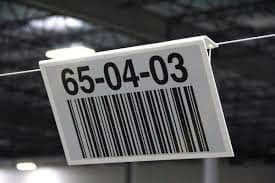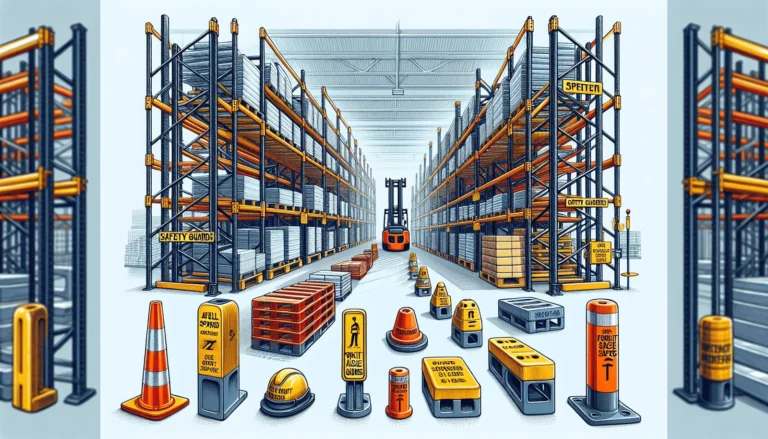Bottleneck Breakthrough: 2X Your Productivity Overnight
Imagine you’re pouring water from a bottle. See how the narrow neck slows the flow? That’s a bottleneck in action – and understanding this concept could change everything for you in work and life.
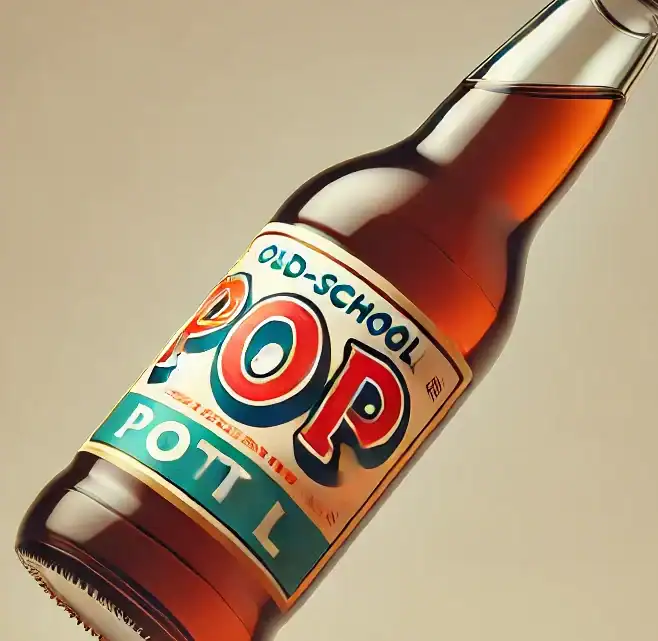
Today, we will discuss a concept that’s as simple as it is powerful—the bottleneck. Understanding bottlenecks can be a big deal whether you’re a student, a professional, or someone who wants to improve things.
At its heart, a bottleneck is any point in a system that limits its overall performance. It’s called a bottleneck because it’s like the neck of a bottle – a narrow point that restricts the flow.
But don’t worry if that doesn’t make sense right away. By the end of this quick guide, you’ll know what bottlenecks are, how to find them, why they matter, and how to fix them to get massive efficiency gains. We’ll cover bottlenecks in business and how to fix them. Let’s go!
The Origin of the Term: Population Bottlenecks
The word “bottleneck” has an interesting origin that illustrates the concept perfectly.
Imagine a glass bottle – see how it narrows at the top? That’s the neck, where our word comes from.
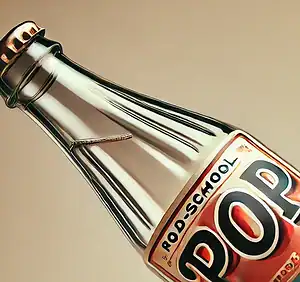
When you try to pour liquid quickly from a full bottle, the neck restricts the flow. The bottle’s body can hold more volume, but the liquid can only flow as fast as the neck allows. This physical constraint is a perfect analogy for bottlenecks in all processes.
Simple Examples of Bottlenecks
To help you spot bottlenecks in your daily life, let’s look at some examples:
Traffic congestion: Imagine a highway that goes from 3 lanes to 1. That point where the road narrows is a bottleneck, and traffic slows down. Bridge construction on the southern part of Main Street can be a big bottleneck in traffic flow.
Slow internet: When you’re trying to stream a video, but your internet can’t keep up, that’s a bottleneck in your data transmission.
Supermarket checkout: During peak hours, the lines at the registers are long, and the checkout process is a bottleneck in the shopping experience.
These examples show how bottlenecks can occur in different areas, always resulting in slowdowns or constraints.
Bottlenecks in Process Flow and Production Process
Let’s examine bottlenecks in more complex systems like manufacturing or project management. We need to introduce a term called “takt time.”
Takt time is the average time between the start of production of one unit and the start of the next unit when production is matched to customer demand. It’s like the heartbeat of a production process, where the workflow is in sync with the system’s capacity.
For example, a car factory has a 480-minute shift. The total would be 4 minutes (480 minutes / 120 cars). So, a car should roll off the line every 4 minutes to meet demand. If the capacity is exceeded, like when the workload is more than the system can handle, it can create bottlenecks.
But what if one station in the assembly line takes 5 minutes to complete its task? That station is a bottleneck, slowing the production line and preventing the factory from meeting its target.
Now that we know bottlenecks, let’s look at how to find and fix them. Think of yourself as a detective searching for clues in a process.
Here are some clues that might indicate a bottleneck:
Build-up of work: If you see tasks or materials piling up at one point, that’s often a sign of a bottleneck, including short-term bottlenecks caused by temporary issues like labor shortages.
Idle time: If some parts of your process are waiting for others to finish, you may have found your bottleneck.
Longer processing times: A step that takes much longer than others is a bottleneck.
Once you’ve found a bottleneck, it’s time to fix it. This might mean:
Adding resources: If the cashier is the bottleneck, opening more registers will help.
Improving efficiency: Training staff or upgrading equipment will speed up the slow step.
Redistributing work: Sometimes, shifting tasks between steps will balance the workload.
Remember, focus on the bottleneck. Improving other parts of the process will not increase overall output until the bottleneck is fixed. Eliminating short-term or long-term bottlenecks is key to increasing efficiency and profitability.
The Results of Fixing Bottlenecks

Here’s where the magic happens. When you fix a bottleneck, the whole system benefits. However, long-term bottlenecks like inefficient machinery and system problems require different strategies than short-term ones. Let’s look at a simple example:
A coffee shop where:
Taking orders takes 1 minute
Making coffee takes 3 minutes
Serving takes 1 minute
Currently, they can serve one customer every 3 minutes because making coffee is the bottleneck. If they fix the coffee-making process to take 2 minutes, they can serve a customer every 2 minutes. That’s a 50% increase in output!
This example shows why focusing on the bottleneck is so powerful. A small improvement in the right place can lead to big overall gains.
The Moving Bottleneck Phenomenon
Here’s an interesting twist: another one will appear once you fix one. This is called the “moving bottleneck phenomenon.”
In our coffee shop example, if they improved coffee making to 30 seconds, the new bottleneck would be taking orders (1 minute). This is not a bad thing—it’s a sign of progress! It means you’re continually improving your process.
This teaches us an important lesson: improvement is an ongoing journey. As you fix one bottleneck, be ready to find and fix the next. This is called continuous improvement and can lead to amazing long-term results.
Real World Applications
The concept of bottlenecks isn’t just theoretical – it has practical applications across many industries. Let’s look at how understanding bottlenecks can make a difference in:
Manufacturing: Identifying and fixing bottlenecks in factories can increase production rates. For example, a car manufacturer might find their paint shop slowing down the assembly line. By upgrading the painting equipment, they could increase overall production. A lack of raw materials can cause bottlenecks, underutilization of resources, and increased costs.
Software Development: In tech, bottlenecks often appear as performance issues. A software team might find that database queries are slowing down their application. Optimizing these queries could speed up the app and user experience.
Project Management: Projects have critical paths – sequences of tasks that determine their duration. Identifying bottlenecks on this path and adding more resources can help get projects done faster. A team leader struggling to prioritize tasks and delegate effectively can cause delays.
Supply Chain Logistics: Bottlenecks can occur at warehouses or distribution centers. Improving layout, implementing better inventory management systems, or improving loading/unloading procedures can streamline the supply chain. Inefficiencies in how a company runs its operations, such as approval processes and decision-making, can cause bottlenecks.
Healthcare: Hospitals have bottlenecks in emergency departments or during patient discharge. Streamlining these can reduce wait times and improve patient care.
Customer Service: Call centers might find that certain inquiries take much longer to resolve. They can speed up response times by providing specialized training or creating dedicated teams to address these issues.
Conclusion

As we’ve come to the end of our bottleneck journey, let’s summarize:
Bottlenecks are points in a process that limit overall performance.
They can occur in many contexts, from traffic jams to complex manufacturing processes.
Identifying and fixing bottlenecks can lead to big gains in efficiency.
Once one bottleneck is fixed, another will appear, so continuous improvement will occur.
Understanding bottlenecks isn’t just about business processes or technical systems. This knowledge can be applied to personal productivity and even daily life management. Maybe you’ll find that meal prep is the bottleneck in your morning routine or that a particular step in your workout is holding you back.
Look at the processes in your life and work. Where are the bottlenecks? What small tweaks can make a big difference? Remember, it’s not about perfection but progress. Each bottleneck you fix is a step closer to greater efficiency and effectiveness.

As we wrap up our journey through the world of bottlenecks, let’s recap what we’ve learned:
Bottlenecks are points in a process that limit overall performance.
They can occur in various contexts, from traffic jams to complex manufacturing processes.
Identifying and addressing bottlenecks can lead to significant improvements in efficiency.
Once one bottleneck is resolved, another often appears, leading to continuous improvement.
Understanding bottlenecks isn’t just about improving business processes or technical systems. This knowledge can be applied to personal productivity and even daily life management. Maybe you’ll find that meal prep is the bottleneck in your morning routine or that a particular step in your workout is limiting your fitness progress.
I encourage you to examine the processes in your life and work. Where are the bottlenecks? What small changes could lead to big improvements? Remember, the goal isn’t perfection but progress. Each bottleneck you address is a step towards greater efficiency and effectiveness.



